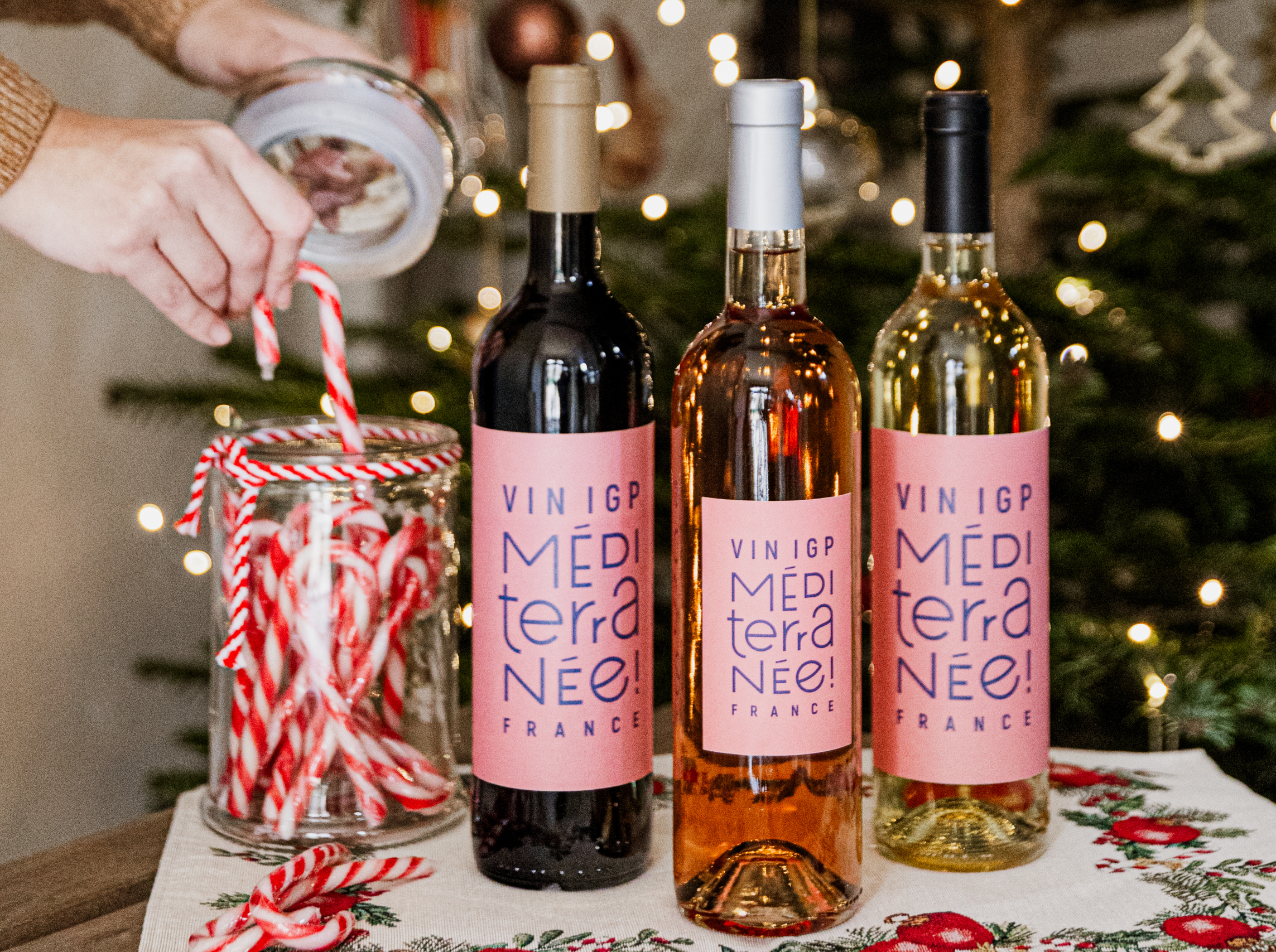The Wine Society puts plastic to the test
Non-profit merchant The Wine Society has embarked on the second phase of its trial of alternative packaging for some of its most popular products.

After the successful introduction of six bag-in-box wines from The Society’s own range, four wines, each from the 2022 vintage, will now be trialled in recycled polyethylene terephthalate (rPET) bottles: The Society’s Gruner Veltliner 2022, The Society’s White Burgundy 2022, The Society’s French Pinot Noir 2022, and The Society’s Exhibition Fleurie 2022.
Dom de Ville, The Wine Society’s director of sustainability and social impact, said: “In our recent carbon report, we shared the news that glass bottles account for 31% of The Society’s total emissions. To achieve our ambitious reduction targets, we need to significantly reduce our emissions attributable to packaging. One way to do this is putting more of our wines into lower-carbon packaging formats. Although rPET might sound controversial, with today’s technology and in the absence of a proper system in the UK to collect and reuse glass bottles, the plastic bottle is a really good option. It has a lower-carbon footprint than glass and can be recycled at home.”
The Wine Society has expressed an aim to halve the size of its carbon footprint by the end of the year. The Wine Society’s Alternative Packaging for Wine report from this May, cited by De Ville, also noted that 15% of the organisation’s carbon footprint is due to shipping wine from around the world to the UK. When empty, an rPET bottle weighs 63 grams – a fraction of the 460g or so a glass bottle may weigh. This lightness translates to less fuel being consumed when shipping, and therefore lower emissions from transportation.
The flat design of the rPET bottle also lends itself to saving space, meaning that more bottles can be shipped per pallet.
Partner Content
“While we recognise there is a plastic pollution problem, it is not necessarily plastic itself that is the problem, rather it is what we do with it,” De Ville added. “This is why we are taking a practical approach to plastic, seeing its benefit in our efforts on climate change, rather than taking a black-or-white stance that all plastics are bad. This bottle is made from 100% recycled plastic and is recycled everywhere in the UK – which helps to support a more circular economy”
Pierre Mansour, The Wine Society’s director of wine, noted that there are still limits to which wines will be packaged in plastic: “We are trialling these bottles with wines designed to be drunk young and our tastings confirmed that the quality compares favourably with the same wines in glass and BiB. While rPET has less of a track record with wine, we will want to satisfy ourselves, and members, that there is no impact at all on quality. Only then, and assuming members continue to buy them and their feedback is positive, will we include them as a more permanent fixture in our range.”
Though a shelf life of a year and a half is possible, members are advised to consume the contents within six months for best results. The report from May does suggest that rPET bottles are better suited to longer shelf life wines than bag-in-box. If the trial goes well, the plastic bottles could become the permanent packaging for these wines.
The other alternative packaging solution for wine that is gaining considerable attraction are cardboard bottles, especially in Japan, where they have a rather unexpected advantage.
Related news
Why packaging will matter more than ever in 2026




